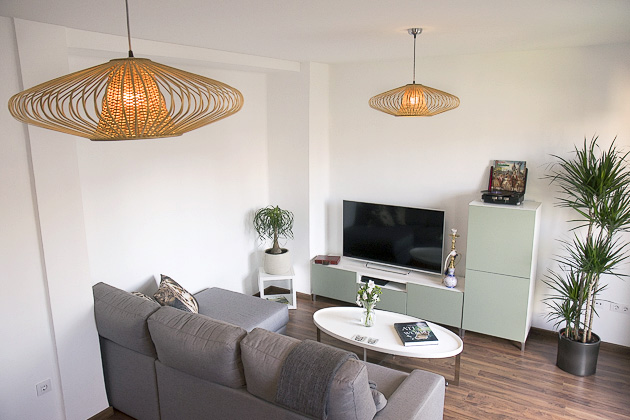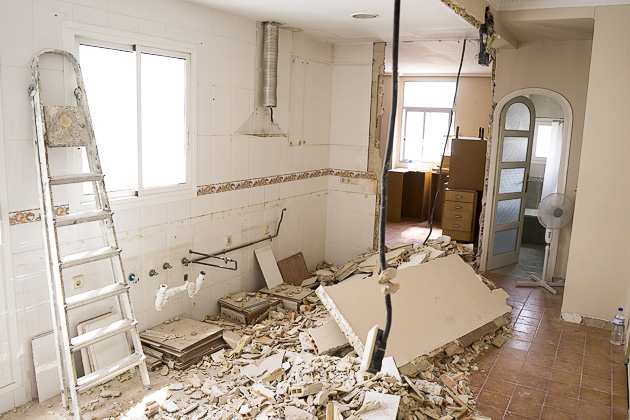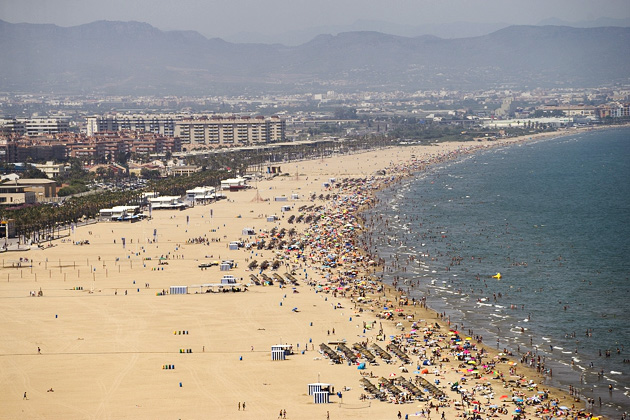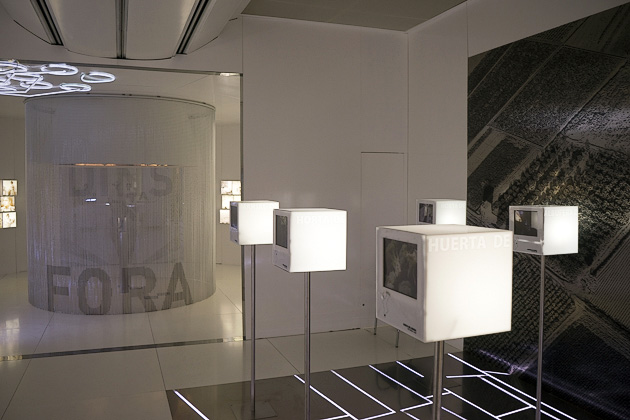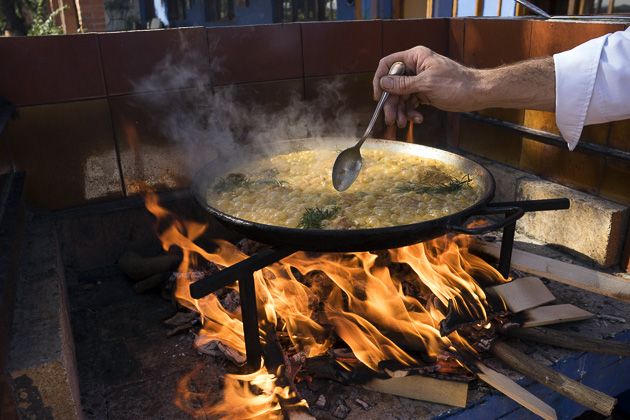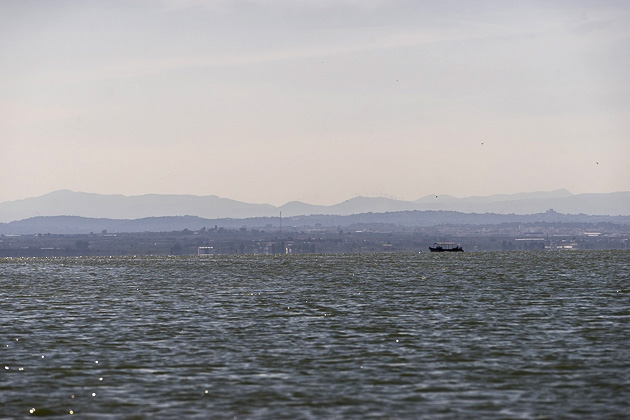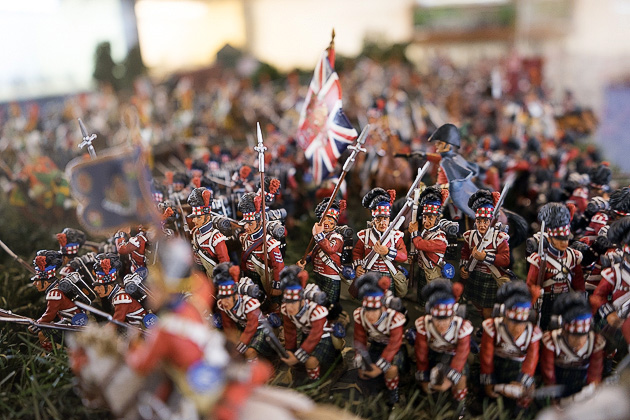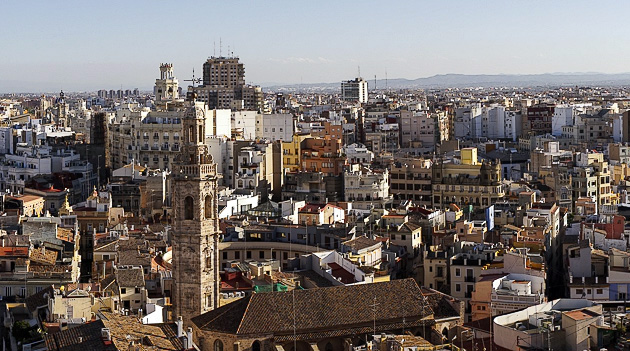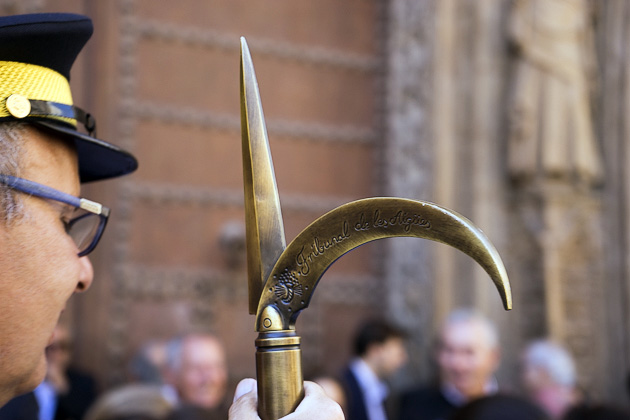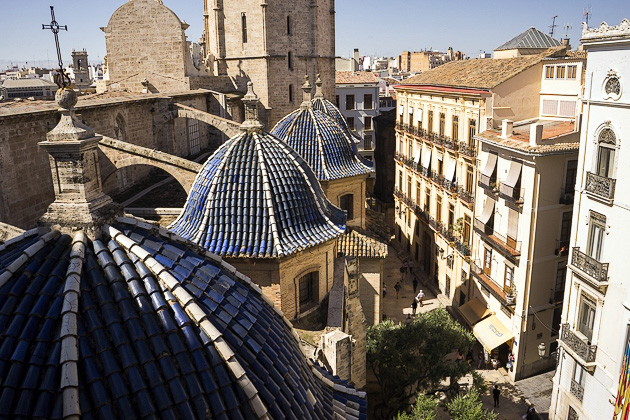Rent Our Apartment In Valencia!
Jürgen and I live in Valencia, but we spend at least half the year traveling the globe. And when we're not at home, we rent out our apartment. If you're looking for a base from which to explore Valencia, you might want to consider our place. Wait... do I sense some hesitation? Well, please allow me to convince you.
